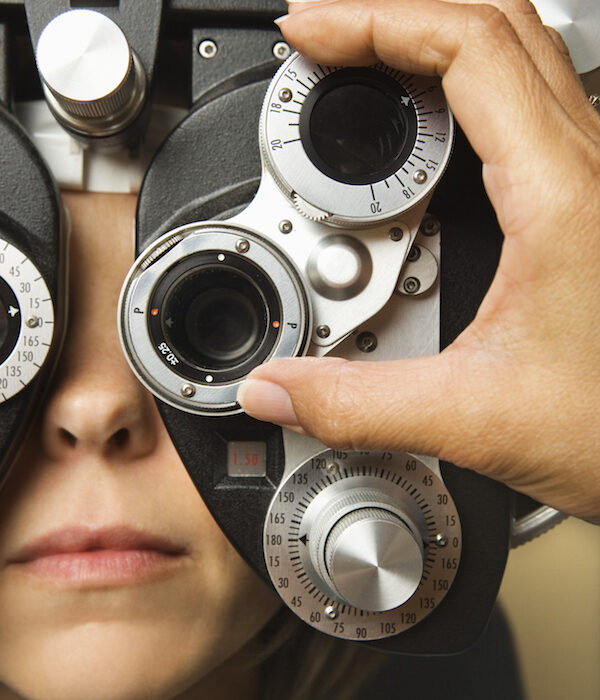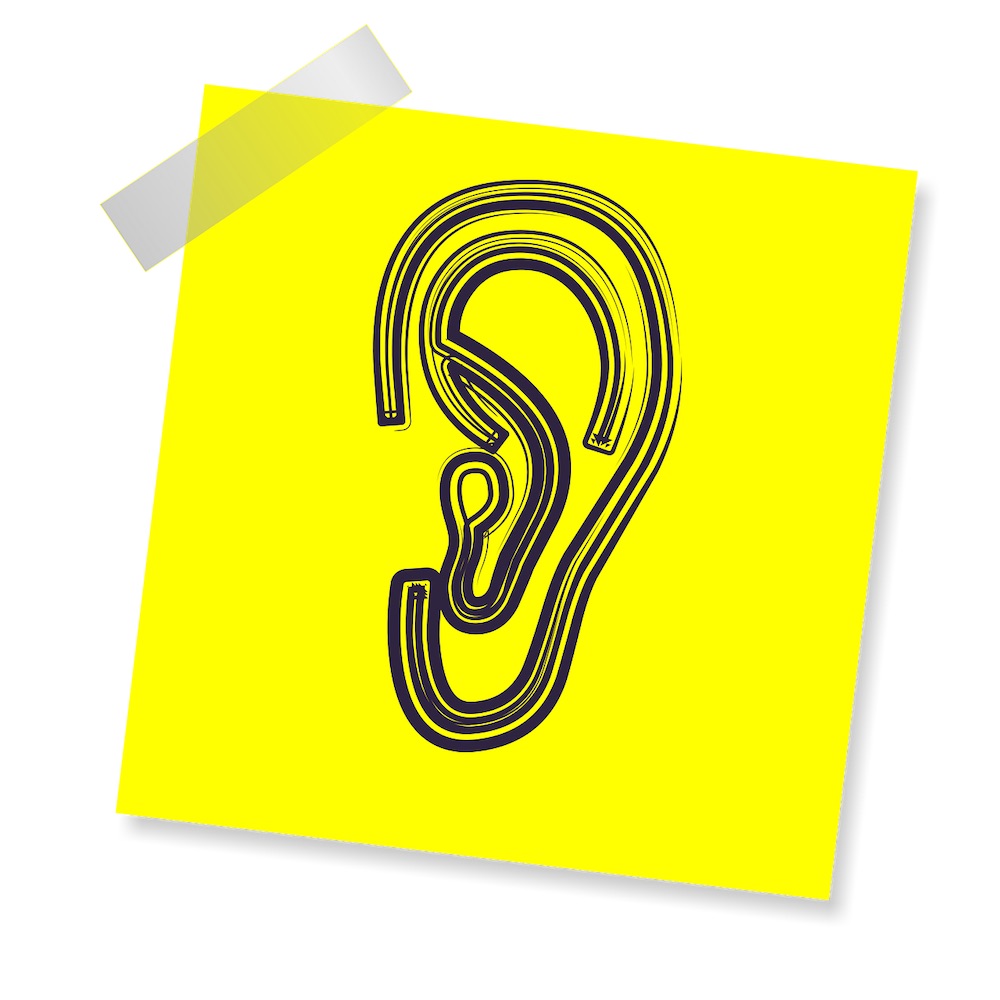
A refraction test with a phoropter, or slit lamp, can detect a variety of problems and diseases such as cataracts, macular degeneration and even corneal ulcers.
A visit to the eye doctor doesn’t have to be a mystery. All those gadgets to look through, questions to answers, letters to read. What does it all mean? The 101 Vision Guide explains five of the most common statements or questions you’ll hear during an eye exam.
1. “Using one eye at a time, look at the red dot on the the wall.” Whenever an optometrist or ophthalmologist asks you to do this, he or she is checking to see how well your eyes work together. The doctor covers one eye and watches the other to check for strabismus, an abnormal alignment of the eyes that causes excessive squinting.
2. “Which looks better A or B?” As you look through a phoropter, that two-sided device with all the lenses on it that swings down from a mobile arm in front of your face, you are asked that question over and over as the doctor moves the lenses around. Called a refraction test, the results determine the exact prescriptions for your eyeglasses or contacts.
3. “Place your chin on the rest, look straight ahead and keep your eyes open.” Once your head is steady on the chin rest, the doctor uses a slit lamp, or biomicroscope, to get a good look at your eye’s structures. The slit-lamp examination helps the optometrist or ophthalmologist detect a variety of problems and diseases such as cataracts, macular degeneration and even corneal ulcers.
4. “Your going to feel a puff of air.” Blowing a puff of air straight onto your eyeball is discomforting, but not painful. A test for glaucoma, that puff of air, or tonometry test, can save your sight. Based on your eye’s resistance to the air, the optometrist or ophthalmologist can determine your intraocular, or fluid, pressure inside your eye. High eye pressure may indicate the presence of glaucoma.
5. “With 20/20 vision, you have visual acuity.” Visual acuity describes a clarity or sharpness of vision. Having 20/20 vision means you have visual acuity, or can see clearly, at 20 feet exactly what you should be seeing clearly at that distance. If you are diagnosed at 20/70, for instance, it means you see things at 20 feet what someone with 20/20 (or normal vision) sees clearly at 70 feet.
While having 20/20 vision is great, it doesn’t actually mean you have perfect vision. The 20/20 refers to your sharpness or clarity of vision. Other things that encompass your overall vision package include your peripheral awareness, eye coordination, depth perception, focusing ability and color detection or vision.
Now that you know what to expect at the eye doctor’s office, it’s time to make an appointment and protect your vision.




